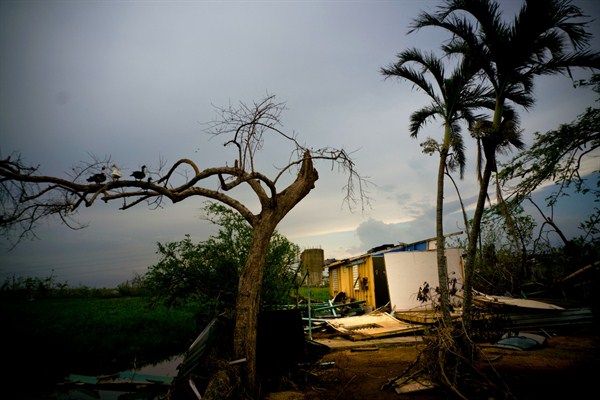The hurricanes that swept through the Caribbean last month were a stark reminder of the vulnerability of its small island states to events largely outside their control. In recent years, Caribbean countries have entered a new era of economic and environmental instability entirely different in scope from what they endured only a decade ago at the height of the global financial crisis, which hit many islands hard given their dependence on trade, tourism and investment from the United States. Climate change and the shifting effects of globalization are significant new obstacles to their continued growth.
With the earth’s climate beginning to shift into a hotter and less predictable phase, Caribbean islands are perhaps the most exposed to the effects of rising seas, more frequent droughts and increasingly violent storms. Caribbean countries are among the least responsible for rising temperatures, in terms of their carbon emissions, yet they have the fewest resources to cope with climate change.
With hurricanes strengthening, scores of island countries can be battered by one storm. Hurricanes Irma and Maria devastated all or much of Antigua, Barbuda, St. Martin, the U.S. Virgin Islands, Anguilla, the British Virgin Islands, Cuba, Puerto Rico, Turks and Caicos, the Dominican Republic, St. Kitts, Nevis and Guadeloupe. With damage likely to run into the billions, country and donor budgets are now stretched far beyond what is normally needed for disaster relief.

